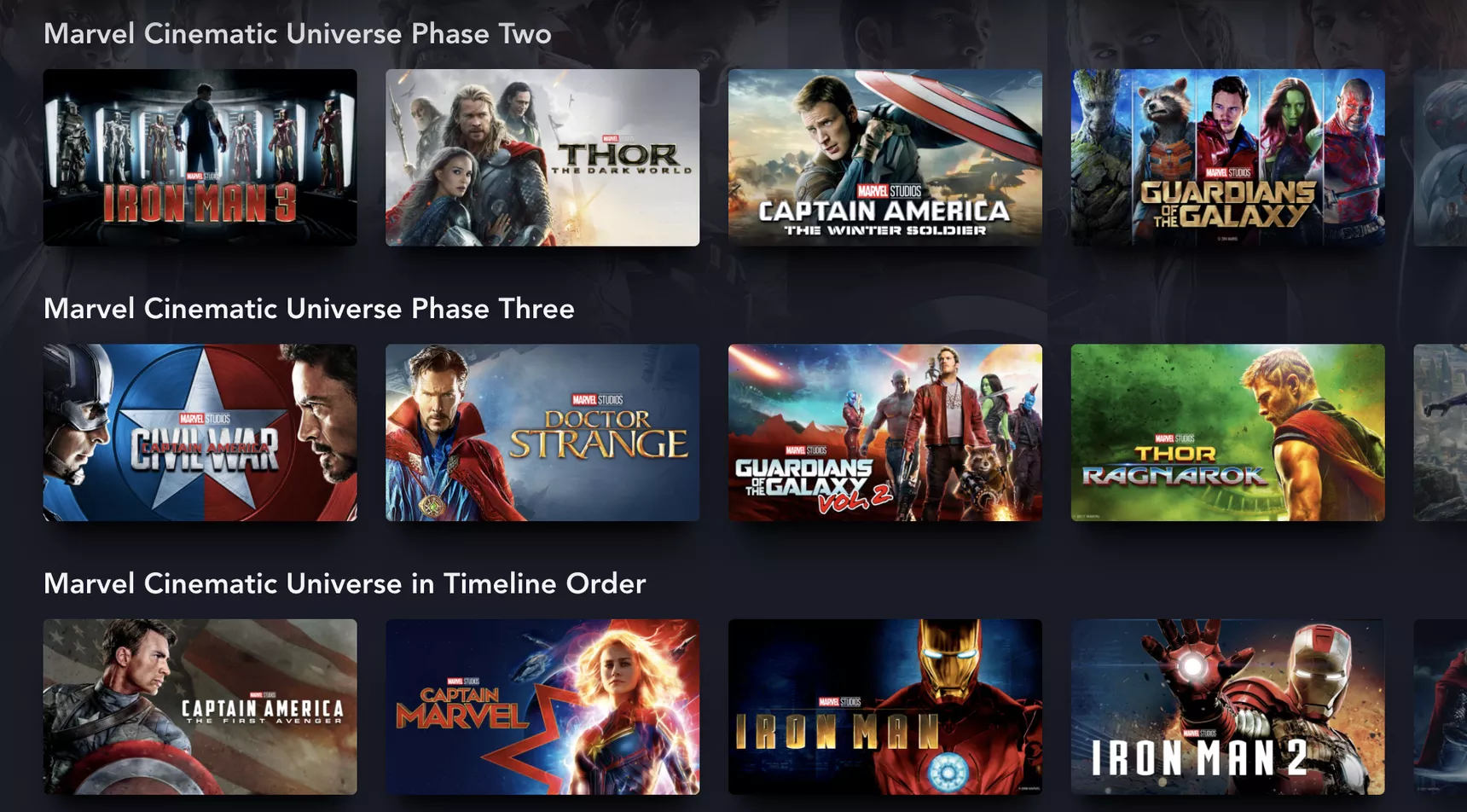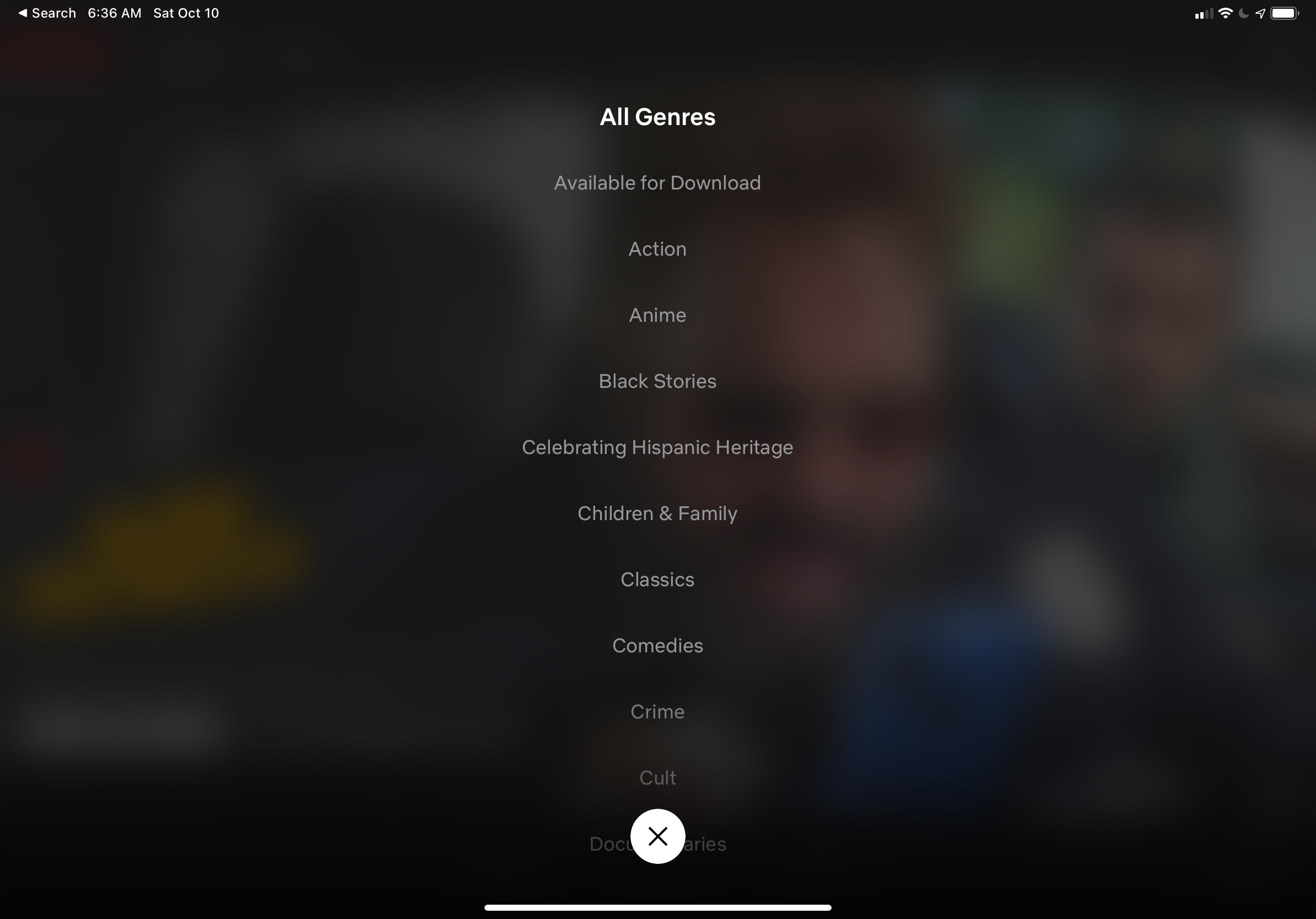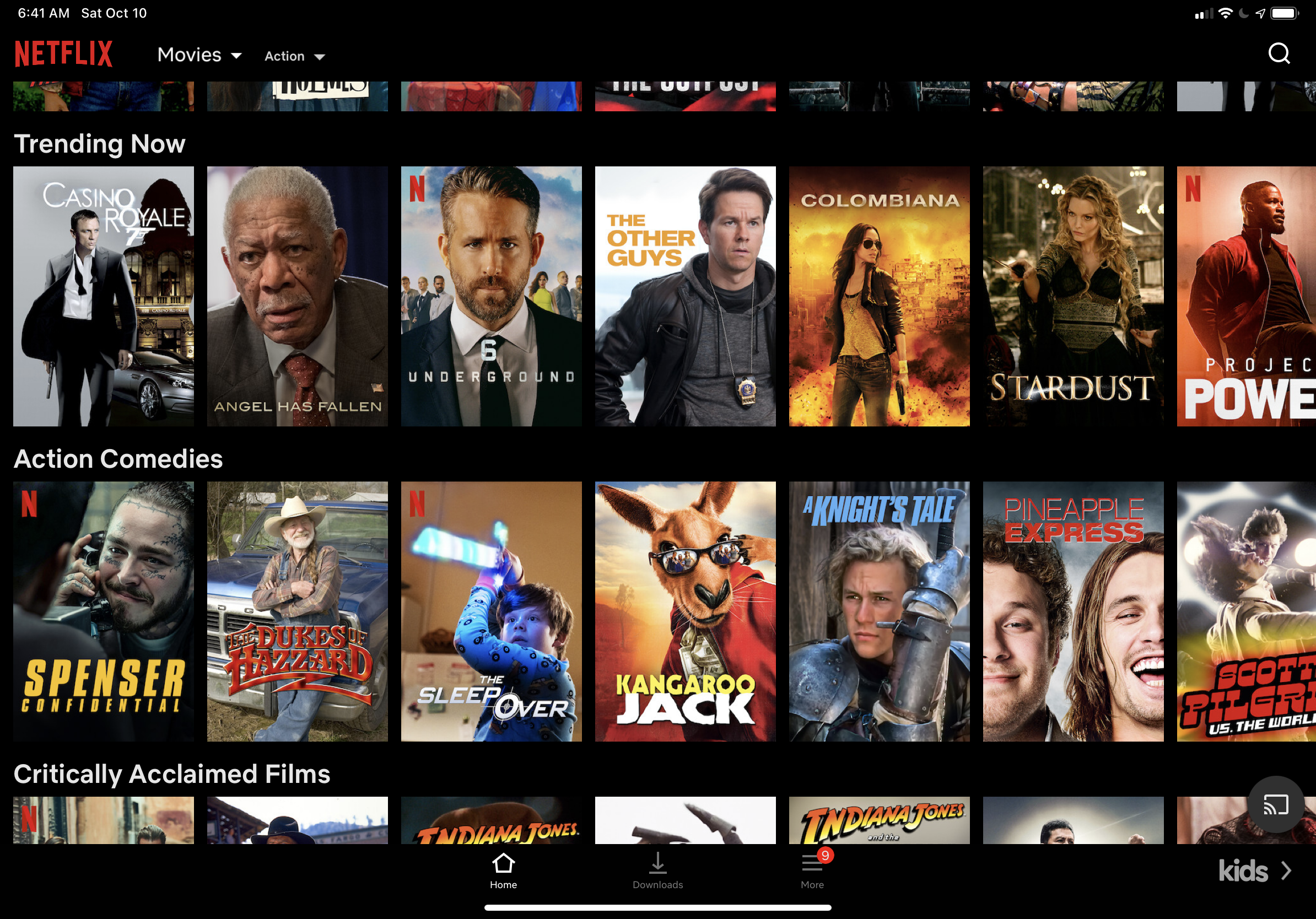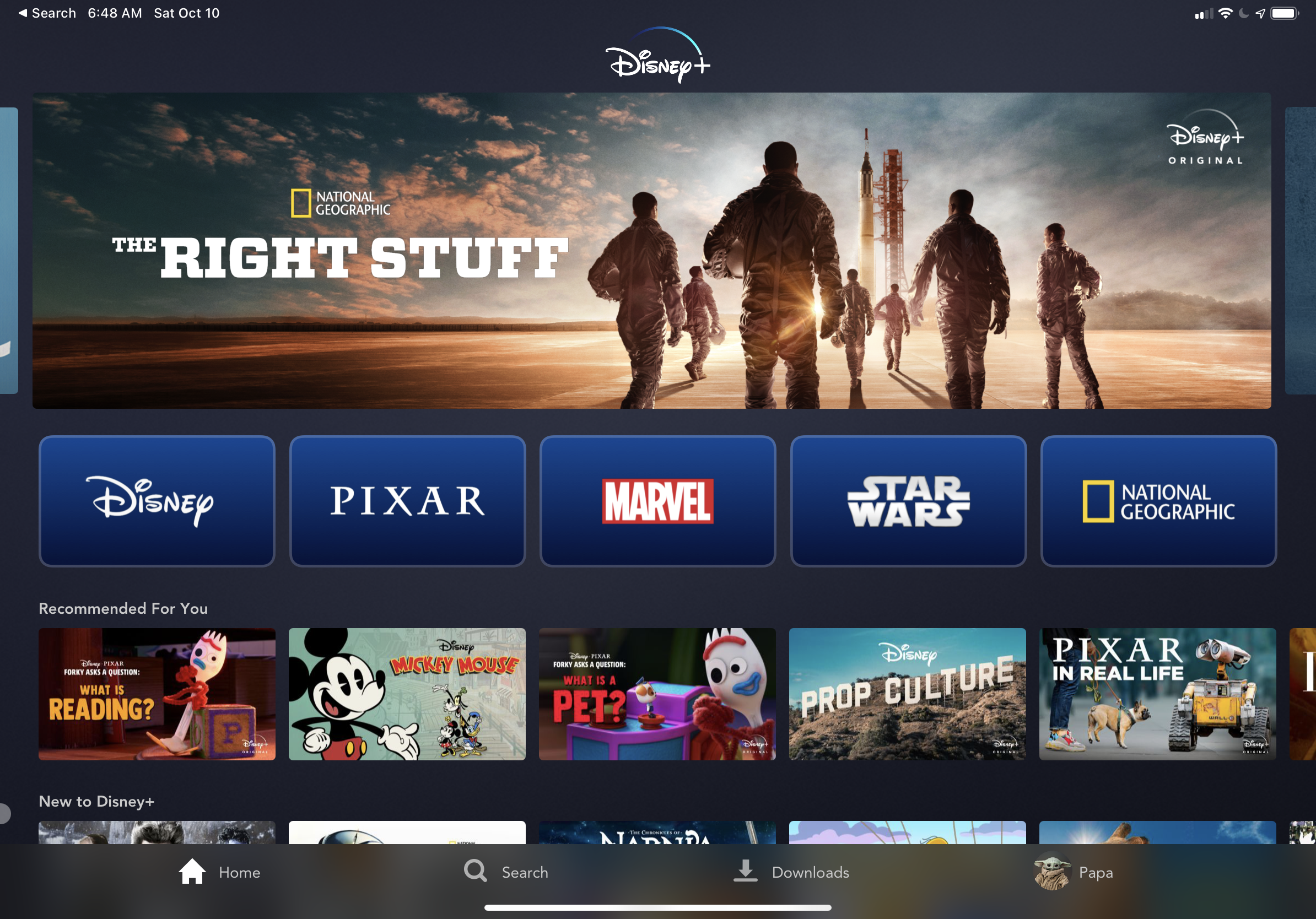A few months ago, I wrote about the poor information architecture of most streaming services. One of the quotes in that post highlighted Disney+ as the best of the bunch, but called out issues with the service, such as the difficulties of watching Marvel Cinematic Universe (MCU) movies in the correct order. An article on The Verge points out that Disney has now fixed this problem:
When Disney Plus launched, the Marvel Cinematic Universe movies weren’t exactly organized. There were rows for featured titles, movies, and TV shows, but everything was kind of strewn together. Almost every Marvel Cinematic Universe movie you wanted was here — you just had to spend a minute finding it. Now, however, it looks like Disney has changed around the Marvel section a tad to make it, well, make sense.
In the screenshot below (taken from a Disney Plus US account), the Marvel films are separated into their specific phases, and then there’s an additional row for people who want to watch the Marvel Cinematic Universe in order as the events occur within the universe timeline. (There are some arguable inaccuracies in the Timeline Order row, but that’s for another blog post.)

Screenshot: The Verge
The selection and granularity of categories are noteworthy. Most streaming services organize movies based on category, such as the genre of movies. Here’s part of Netflix’s list:

Within each category, Netflix groups movies based on sub-categories. Here’s an example from the “Action” genre:

Some of these sub-categories are other genres (e.g., Drama), while others are a mix of genres (e.g., Action Comedies). Some aren’t genres at all, but sets based on popularity (e.g., Trending Now), obscurity (e.g., Hidden Gems for You), tone (e.g., Suspenseful), etc.
Disney+ also has genre-based categories. However, it gives greater emphasis to brands such as Marvel, Disney, Star Wars, and National Geographic. I expect they can get away with this because these brands correlate with genres: Disney stands for family entertainment, National Geographic is educational, Marvel is superhero movies, etc.

Tapping on these brands leads to sets of movies organized in particular ways. The Marvel movies are grouped into “phases,” a construct that is understandable to Marvel movie fans. There’s also a set that shows the Marvel movies in timeline order. The sets are specific to each brand. For example, groupings in the Star Wars category include the sequence in which the movies were released to theaters and the sequence in which the story unfolds in the Star Wars universe. (Intriguingly, the latter is sorted in reverse-chronological order, with the newest parts of the story shown first.)
These groupings may seem like a small detail. After all, having streaming access to this content is already a big “ask.” However, the organization and sorting of content changes how people experience the service. They’ll enjoy it much more if they can see content organized in meaningful ways. As The Verge’s article points out,
Streaming services, as a blend of technology and entertainment, need both to create good experiences for subscribers. That means not only bringing as much content to a platform as possible and ensuring said platform runs, but also understanding how people are likely to watch what’s there.
The article’s subtitle says it more succinctly: “We love a good organization structure.” What better argument for prioritizing mindful information architecture?
Disney Plus finally understands how fans want to watch Marvel movies